Performance of the motion picture
Kon-Tiki
in context of open air cinema festival which is organized by DI.K.EP.A. and Aeghio-Film-Club.9.30 p.m. - Cinema of the Cultural Centre Longos.

|
Performance of the motion picture Kon-Tikiin context of open air cinema festival which is organized by DI.K.EP.A. and Aeghio-Film-Club.9.30 p.m. - Cinema of the Cultural Centre Longos.
|

|
ADMISSION FREE
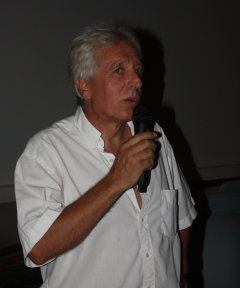
|
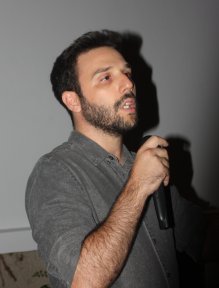
|
The chairman of the CULTURAL SOCIETY LONGOS, Mr. Ierotheos Mourikis, opened the evening. The chairman of the Aeghio-Film-Club, Mr. Theodoros Panoutsopoulos, announced that the club will have performances from November 2017 every Monday at the Apollon-Cinema.
|
|
Mrs. Maria Tsoukala welcomed the audience on behalf of the DI.K.EP.A. and dedicated them the song "The Summer Cinemas" by Loukianos Kilaidonis: ´Είναι κάτι νύχτες με φεγγάρι
|

|

|
Kon-Tiki is a 2012 historical drama film directed by Joachim Rønning and Espen Sandberg about the 1947 Kon-Tiki expedition. The film was mainly shot on the island of Malta. The role of Thor Heyerdahl is played by Pål Sverre Valheim Hagen. The film is an international co-production between Norway, Denmark, Germany, Sweden, and the United Kingdom.The film is the dramatized story of Thor Heyerdahl and his Kon-Tiki expedition of 1947.
While the prevailing theories of the time held that Polynesia had been settled by peoples migrating from the west, Heyerdahl, an experimental ethnographer and adventurer, sets out to prove his theory that people from South America settled the islands in pre-Columbian times.
|
|
Noting similarities between statues found in South America and the Polynesian moai, Heyerdahl's theory about the origin of the Polynesian people is bolstered by Polynesian folklore that tells of an ancient tribe called the Hanau epe that are said to have once inhabited Easter Island. While most experts hold that such a voyage across the vast ocean is unlikely to have ever been successful, in order to illustrate that there were no technological limitations that would have inhibited the ancient peoples from making the journey, Heyerdahl puts his theory to the test and builds a balsawood raft using the same techniques that would have been utilized 1,500 years ago by the indigenous peoples of the region. Though he himself cannot swim or sail, he sets out on the treacherous 4,300 nautical mile–journey across the Pacific from Peru to Polynesia aboard the small raft, along with his crew of five men (and a macaw named Lorita). During the three months aboard the primitive vessel named after Inca god of sun and storm, Kon-Tiki, the crew's scientific reenactment of the legendary voyage from the coast of Peru to the Polynesian islands is met with setbacks in the form of storms, sharks, and other perils of the open sea. |
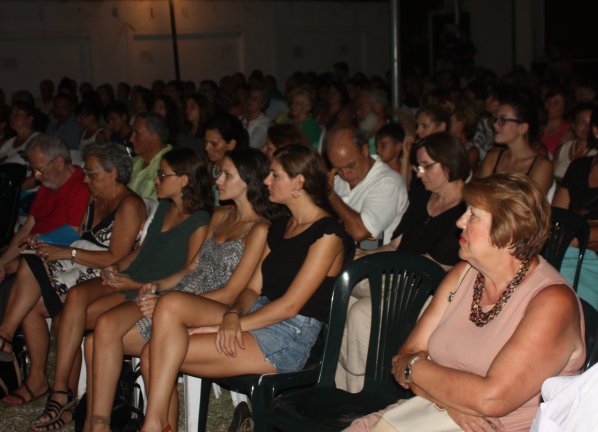 |
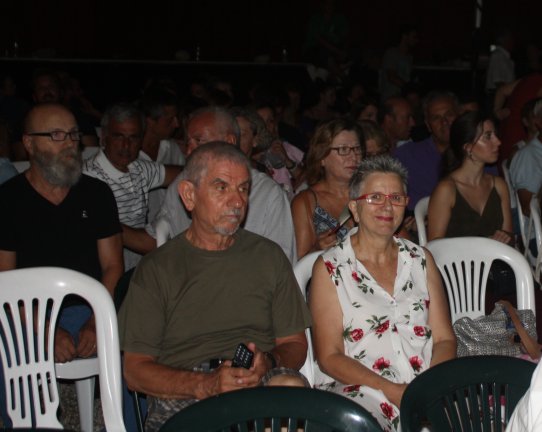 |
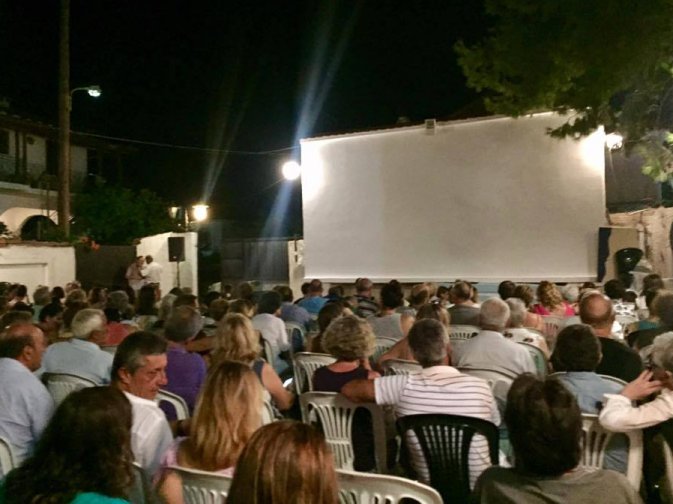 |
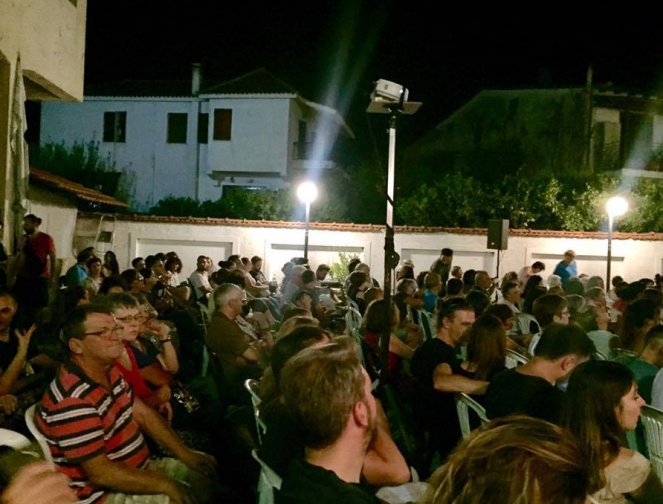 |